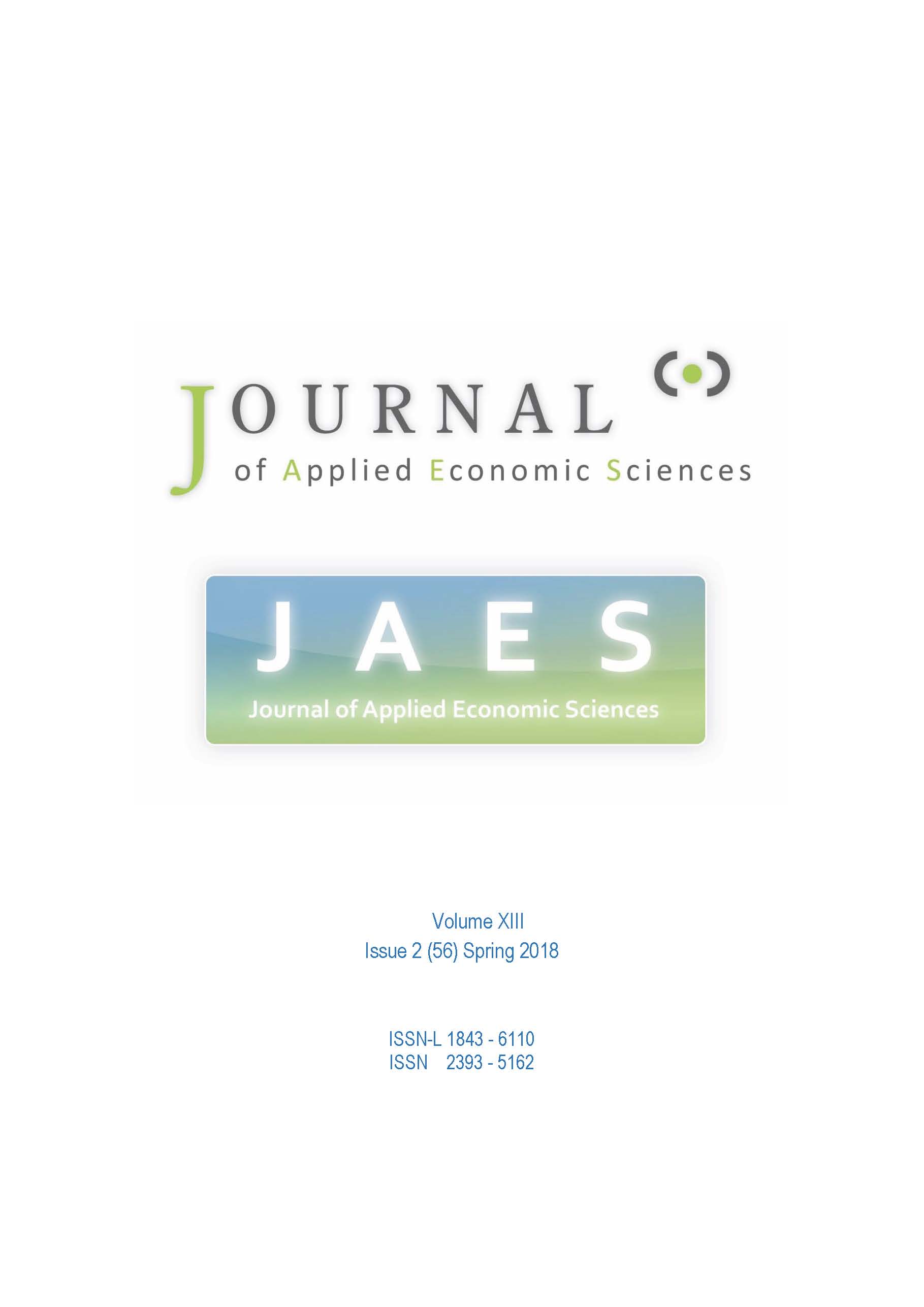Success of Visegrad Group Countries in the Field of Labour Market
Success of Visegrad Group Countries in the Field of Labour Market
Author(s): Silvia Megyesiova, Anna ROZKOSOVASubject(s): Economy, Business Economy / Management, Human Resources in Economy
Published by: Reprograph
Keywords: Unemployment rate; youth unemployment; convergence; European Union; Visegrad group;
Summary/Abstract: The former Post-communist countries faced after the change of their regimes with an unexpectedly high unemployment. The Visegrad four countries (V4) joined the European Union in 2004 and especially Slovakia and Poland were hit with high unemployment in this time. To the most important aim of the EU members belongs the convergence of EU economies. The sigma convergence of the unemployment rate (UR) calculated in the paper through the coefficient of variation proves a strong convergence of the UR till the beginning of economic crisis. Unfortunately, the crisis started the divergence of UR. In 2000 the coefficient of variation was as high as 53.1% for UR. Due to the decline of UR especially in “new” Member States, including the V4 countries, the variability of unemployment degreased steadily till 2008 when the CV dropped to 26.9% Unfortunately the crisis caused an increase of UR and so was it also with the coefficient of variation. The variability of the UR in 2016 stood at 52% which means a divergence of the UR. Strong economic growth was reflected in reduction of UR from 18.9% to 9.7% between 2000 and 2016 in Slovakia, while in Poland in the same time span the UR dropped from 16.1% to 6.2%. The divergence process of UR in the EU after 2008 was mainly caused by an extremely high increase of unemployment in Greece, Spain or Cyprus.
Journal: Journal of Applied Economic Sciences (JAES)
- Issue Year: XIII/2018
- Issue No: 56
- Page Range: 369-377
- Page Count: 9
- Language: English

